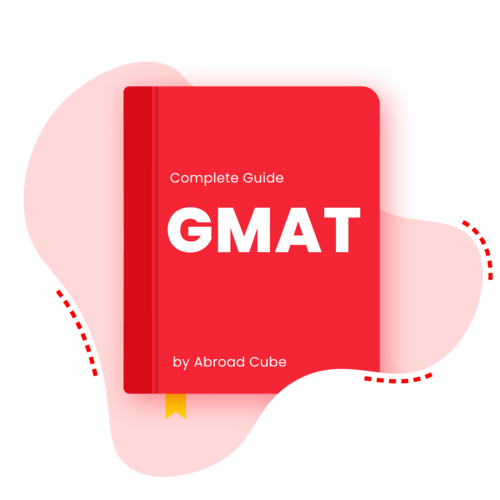The GMAT exam is an effort-making exam as it requires a lot of effort, practice, and hard work by the student. The GMAT syllabus has four sections with different time limits and scores. Let's have a brief overview of the GMAT syllabus
Analytical Writing
Analytical writing is a section where candidates have to show their writing skills in two different ways: by writing an essay or by reading a passage and answering the questions based on it. This section evaluates the candidate's reasoning, communication, and grammatical abilities. Essay writing can be in two areas
- Argument Essay: In this section, you will be given reasoning. You must analyze the reason and write an argument on the same. Your statement should be logical and well-reasoned, as baseless assumptions will result in poor scores.
- Issue Essay: In this section, you will be given an issue. You must understand the topic of the problem correctly and write an essay based on it. Representing your thoughts in the essay to support the issue statement would be best. Your essay is sensible, with good grammatical use, vocabulary, and sentence formation
Integrated Reasoning
This section is newly added to the syllabus where the candidate has to analyze the information from graphs or tables. Here are the types of integrated reasoning
- Table analysis: Under the table analysis section, candidates must analyze the information from the table and write an essay explaining the knowledge that the table gives us.
- Two-Part Analysis: The two-part analysis measures the candidate's ability to solve complex problems. Problems can be quantitative, verbal, or a combination of quantitative and verbal reasoning. This format is adaptable and has a good quantity of content.
- Graphics Interpretation: The graphic section measures the student's ability to analyze the data in graphs, graphical images, scatter plots, bar charts, pie charts, etc.
Quantitative Reasoning
In Quantitative Reasoning, the candidate should be able to analyze the data and draw conclusions from the problem given. The candidate must understand mathematics deeply to score well in quantitative reasoning. The candidate must have basic skills in different topics of mathematics like
- Value order and factors
- Algebra, equalities, and inequalities
- Rates, ratios, and percentages
- Statistics, Sets, Counting Methods, Probability, Estimation, Sequences, and Series.
- Geometry
Quantitative reasoning is in two parts, where each region has different timing and a different set of questions:
- Problem-Solving: This section measures your ability to use logic and analytical reasoning by solving 17-18 quantitative reasoning questions.
- Data Sufficiency: This section tests your ability to analyze the problem, recognize pertinent data, and determine when there is enough information to solve the problem.
Verbal Reasoning
The verbal reasoning section tests the ability to comprehend and read the written material for reasoning, evaluating arguments, expressing ideas effectively by correcting written material, and understanding the logical relationship between the points and concepts mentioned in the passage. This section has three types of questions
- Critical Reasoning: It measures skills to make and evaluate arguments. Candidates should be able to identify the part of the argument from the paragraph to answer the questions.
- Reading Comprehension: This section checks the candidate's performance in understanding the written passage by reading it and solving the questions based on the paragraph. Additional skills tested are application, inference, main idea, supporting the concept, logical structure, and style.
- Sentence Correction: Under this section, s experience correcting the sentence based on grammatical use, pronunciation, structure, idea, etc.

